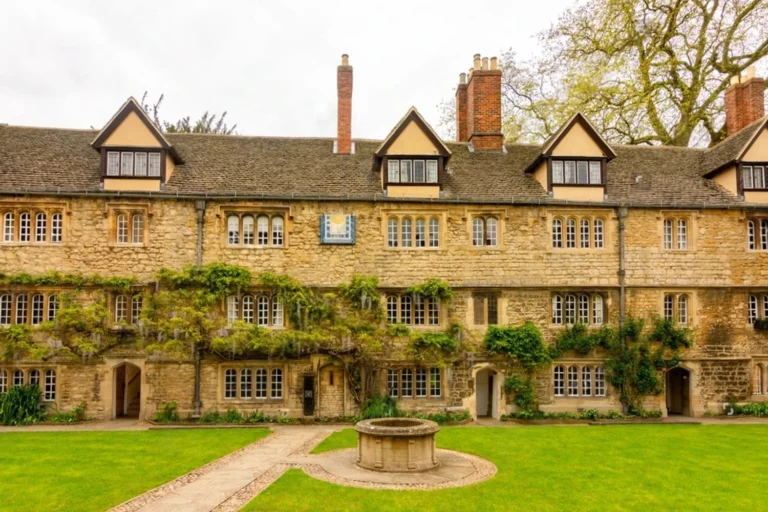Marrakech: 30 Strange Tales Beyond the Red Dust
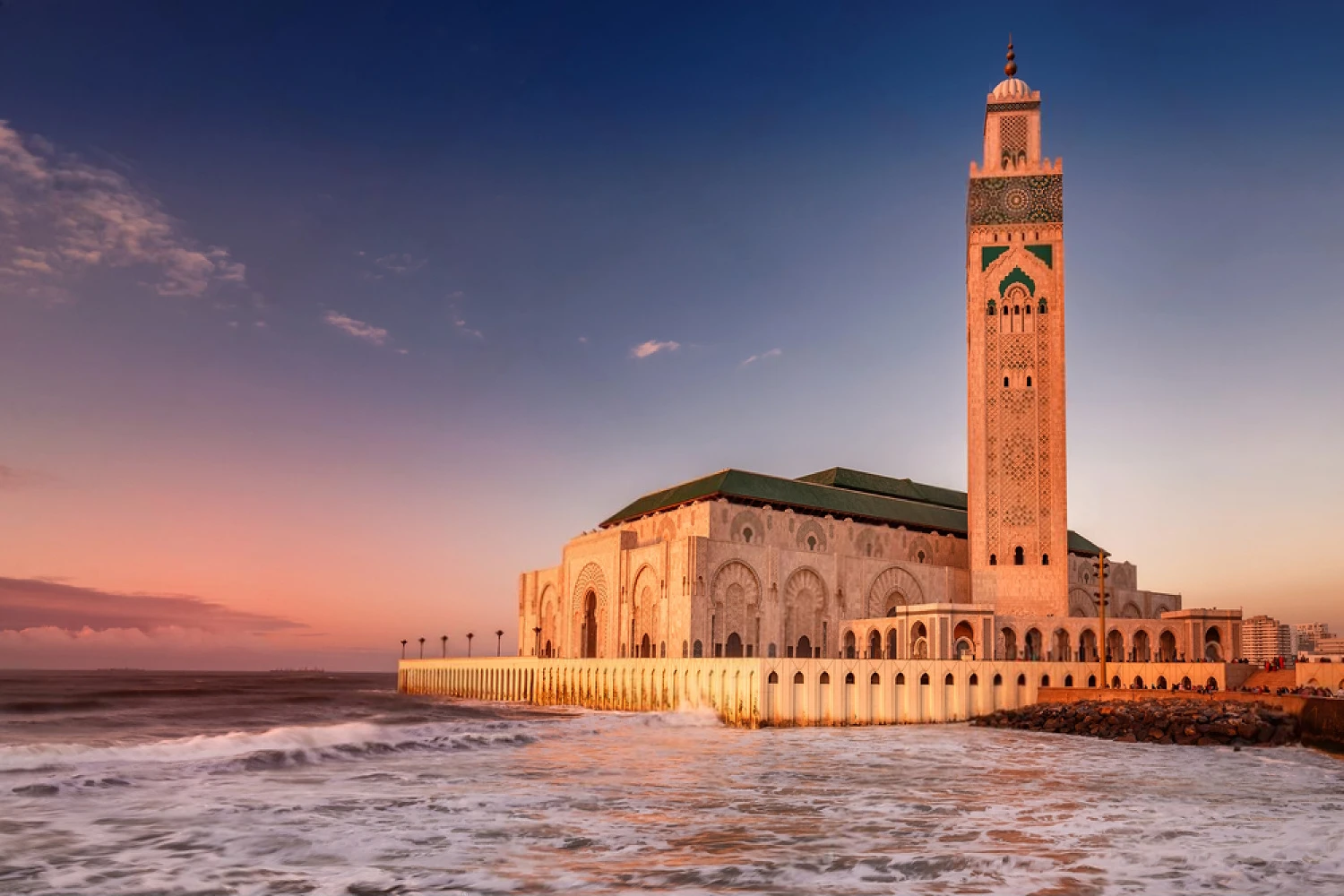
Marrakech feels like a heartbeat wrapped in color and dust. The air smells of spice and sun warmed stone, and the sound of distant drums drifts through the maze of streets like a secret rhythm. It’s a city that speaks in glances and gestures, where every turn reveals something half hidden and wholly alive. Stay a while, and you’ll feel it – Marrakech doesn’t just show itself, it slowly unfolds, like a story told in whispers and light.
When the Red City glows different after rain
After a quick afternoon shower, the walls look softer, the light settling on them just so. Neighbors nod and say the rain wakes their color, like desert sunsets caught in mud, and I swear you can smell wet dust, a hint of stone, something warm and old. It’s the kind of small magic that makes you quiet for a moment, as if the street itself were taking a breath.
It made sense when I learned that Marrakech began in 1062, when the Almoravid dynasty set its first walls on land once wandered by Berber nomads, packing pisé red clay and straw into honest red lines. People called it Al Medina al Hamra, the Red City, and the name still feels right; after rain, the color deepens, the air turns gentle, and the place feels close to its beginnings.
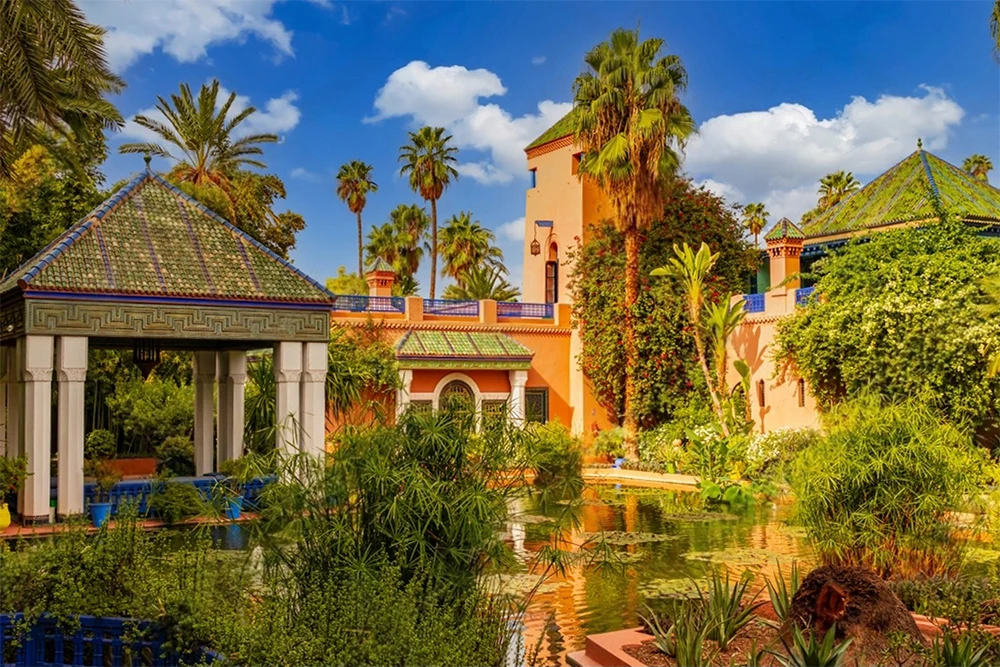
A city named 'Land of God' renamed a country
It still makes me smile how a name can tilt the light on a place. Someone whispered that mur n’akash – “Land of God” in Berber – may be the root of Marrakesh, and suddenly the street felt hushed for a second, even with the clink of tea glasses and the spice sweet air drifting through the souk. At sunset the walls go soft and red, and the call to prayer threads the warm evening like a quiet ribbon; in those moments, the name doesn’t feel grand, just gently true, like a hand on your shoulder.
The twist is that medieval Europeans heard the city’s name and misread the story so completely they named the whole country Morocco after it. I kind of love that mistake. It says the place was so vivid, it colored the entire map like a bright dye spreading through cloth. Maybe that’s what travel does to us too – one encounter, one word, and suddenly everything feels renamed. And “Land of God” lingers anyway, not as a sermon, but as an everyday holiness in the laughter of bargaining, the shine of brass trays, and the sweetness of mint that stays on your tongue.
An old quarter with a living, breathing soul
I didn’t expect history to sound like rhythm. There’s the ping of hammers on hot metal, a soft rain of spices as jars open mint and clove rising then the bright clink of brass cups as water sellers pass. Somewhere a storyteller’s voice gathers a hush that feels older than any gate. In the buzz of the Medina, you can almost hear the centuries stacking like tiles.
What surprises me most is that UNESCO recognized not just walls but the ways the intangible soul that keeps this place beating: storytellers, blacksmiths, herbalists, water sellers whose trades have carried on for more than eight hundred years. I remember thinking how tender it is when a city trusts its people to keep its memory; a kind of loom weaving time through their hands. In Marrakech’s Medina, the past doesn’t sit behind glass it pulls up a stool and gets to work beside you.

Old mountain water still flows beneath the souks
I love how the loudest places keep the quietest secrets. In the crush of voices and saffron dust, brass tinkling and leather warming in the sun, there’s water moving in the dark. The khettara slip underfoot like something half remembered, ancient tunnels carrying rain from the Atlas Mountains where the air smells of stone and thyme.
Centuries ago someone looked at a dry sky and answered with patience. In Marrakech, some riads in the Medina still drink from those same channels, and you can feel it in their courtyards the air a few degrees cooler, a fountain whispering in a shaded corner. It’s a city humming on hidden veins, the kind that make you exhale and think about how ingenuity can be a simple, steady thread of memory.
I remember sitting by a blue tiled basin, steam from mint tea grazing my face, and realizing the water had traveled farther than I had. While the souks rattle and sparkle above, what lasts down below is the quiet work of keeping life possible a reminder that beauty here isn’t just color and noise, but the grace of water arriving exactly where it’s needed.
https://en.wikipedia.org/wiki/San_Francisco
Walls that breathe, courtyards that cradle cool
I remember the hush that fell when I stepped from the noon glare into a shadowed courtyard, and the air turned gentle, like a sigh. A small fountain kept a steady rhythm, and the scent of orange blossom loosened the grip of the day; even the tiles felt cool and calm in Marrakech’s medina.
It isn’t magic, just old wisdom. The walls are quiet lungs mud, straw, and lime pressed together so they absorb the heat by day and release it at night. That’s why the lanes can be blistering while the courtyards carry a gentler air, almost a different season.
I still think about that balance because it feels so human. Heat held, then shared back, turning strangers into lingering guests and afternoons into something you can actually breathe through. It’s a small, enduring kindness shaped by hands and climate, and it’s one of the reasons I left feeling oddly cared for.
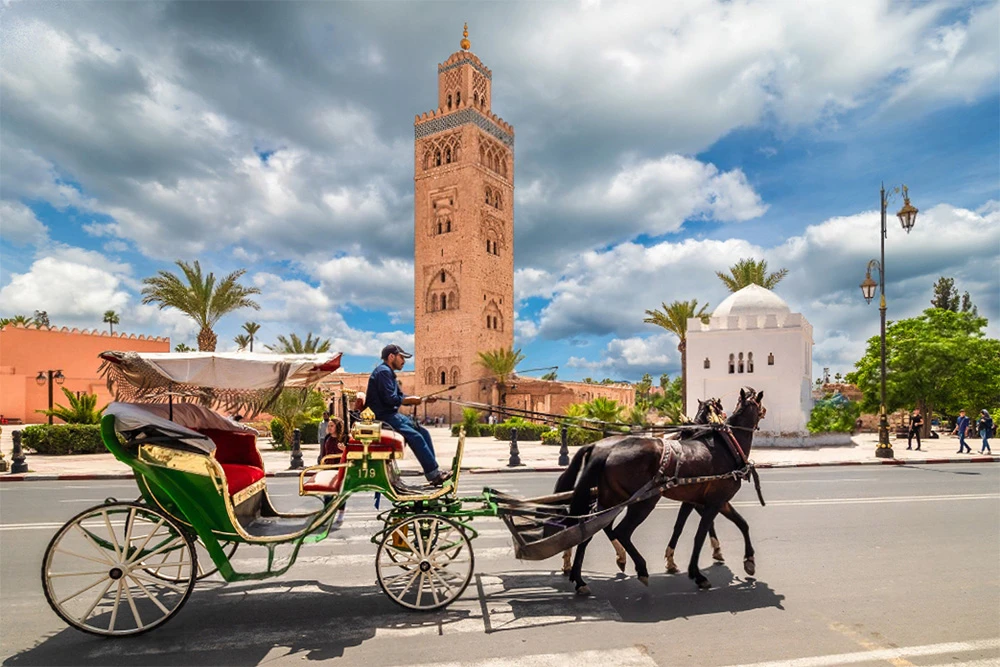
Lamb and Memory, Slow Cooked in the Earth
The smell hits first – warm and deep, like sunlight turned savory. In the narrow shade, smoke hangs low and the clay holds a steady heat; you can hear the quiet hiss as fat meets embers. Once, wandering Mechoui Alley in Marrakech, I felt the lane grow hushed around the pits, as if the day itself were leaning in to listen.
They roast entire sheep underground the way their grandparents did and theirs before them – more than six hundred years of practice carried forward, unhurried. There are no measuring spoons here, just hands that remember: a sweep of salt, a hint of cumin, a thumb slick with smen knowing when enough is enough. You taste it in the first tender fibers that slip apart, in the calm that rises with the smoke.
What stayed with me wasn’t the spectacle but the quiet continuity of it all – the trust in fire, clay, and memory to do their work, like a low drum under the market’s chatter. You leave with your fingers glistening and a steady kind of gratitude, convinced that some recipes don’t belong to people at all; they belong to places.
Sideways alleys built to stall invading horses
I laughed the first time my shoulders brushed both walls at once. The air was cool as a clay jar, scented with cumin and hot bread, and somewhere ahead a hammer kept steady time. A girl eased past sideways without thinking, her sleeve whispering chalky stone the kind of movement you only learn by growing up here.
These passages were drawn narrow on purpose between the 11th and 13th centuries, a city’s quiet way of turning a gallop into a pause. People move through them by muscle memory; you see shoulders tilt, voices soften, the pace surrender to shade. In Fez, the alleys feel like the ribs of an old house, keeping danger out and stories in, and what surprised me most was how defense turned gentle strangers falling into single file, sharing a nod and a breath, as if the city had taught everyone to look out for one another.

A neighborhood’s shared oven, the farran, binds everyone
I still hear the hush of warm air and the low murmur of voices as women drifted in, arms cradling bowls of dough tucked beneath floury cloths. At the farran, the air was thick with woodsmoke and yeast; someone dusted a board, someone laughed, someone murmured a recipe in a hush. Once, in Fez, I stood there a while, feeling the heat on my cheeks, and realized the oven wasn’t just about bread it kept the neighborhood close.
What stayed with me wasn’t the technique but the waiting: stories traded over the steady crackle, news shared in the same time it takes for dough to rise, worries easing as flour drifted like fine snow. Laughter rose like dough, unhurried and warm, and by the time the loaves came out, everyone knew a little more about each other. Before any apps or feeds, there was this circle of heat and patience a quiet, centuries old way of being together.
A dyers’ alley painted by patience and time
Color has a scent, I swear. Indigo smells cool and quiet, saffron is warm as bread, henna is earthy like rain on dust, and poppy flares at the edge of your vision. Skeins hang shoulder to shoulder, dripping in slow beads that spatter the stone; the whole alley feels strung with small sunsets, left to breathe.
In the Souk des Teinturiers of Marrakech, the craft reaches you before the explanation the dyes seep into cotton and into skin, stains etched into palms by years at the vats, taught from parent to child for centuries. The air is warm with steam; wooden paddles knock gently, water answers with a soft slap, and you end up lingering without meaning to. It’s one of the city’s quiet miracles, color as a living language held steady by steady hands.

When a City Spoke in Drums Before Dusk
I can almost hear it at dusk the soft thrum of goatskin under careful hands. In Marrakech, guards once tapped warnings on tambourines before the call to prayer, a gentle pulse traveling along walls and courtyards like a heartbeat under the alleys. The air must have tasted of dust and mint, and somewhere a lantern would flicker while the rhythm nudged everyone toward attention.
Then, on the days the Sultan’s caravan was due, the pattern changed and the whole city understood without a single word. I love that how a shared beat could knit strangers together like braided threads. Even now, I want to pause in any busy place and listen for that old code beneath the noise, trusting that rhythm can still carry news, and care.

Poetry carved into a quiet lesson on equality
I remember the hush that seemed to soften the air, the way sunlight slid across cool tiles and made dust sparkle like a secret. On the walls of Ben Youssef Madrasa, Arabic poetry praised knowledge and humility, the script flowing with the calm confidence of people who believed learning could make you gentler. I stood there feeling unexpectedly small in the best way, as if the rooms themselves asked you to lower your voice and let the wisdom speak first.
Around the courtyard, the cells were tiny and identical same narrow doors, same slice of sky, same measure of light. It felt deliberate, almost tender, a reminder that the mind doesn’t need luxury to grow, just fairness and focus. I loved that the architecture carried the lesson without a speech, long before anyone wrote it into a syllabus; the courtyard was a compass pointing everyone to the same center. You could almost hear the water whispering in the fountain, and with it this simple promise: we learn better when we meet each other at the same height.
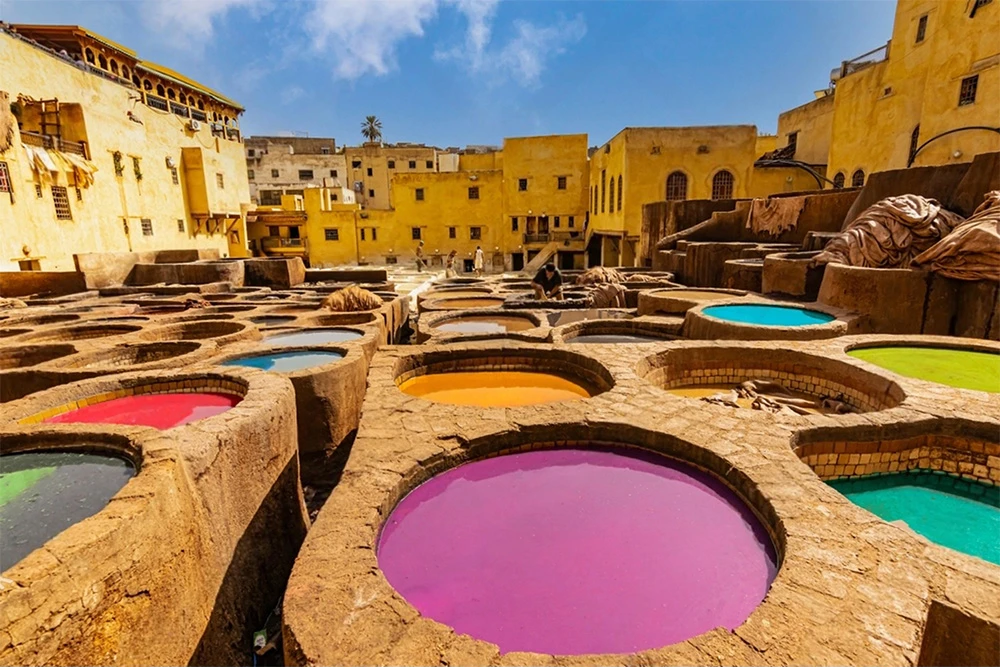
Turquoise ceilings, old prayers: Lazama’s quiet, enduring flame
There’s a hush here that makes your shoulders drop. Under a wash of turquoise, the room smells faintly of beeswax and old wood, the kind of scent that stays with you after you leave. The light hangs patiently over the benches, and the murmured blessings rise and fall, a small harbor of memory.
Near the Mellah of Marrakech, the Lazama Synagogue keeps time the old way, one of North Africa’s oldest. Families came in the 15th century fleeing Spain, and their grandchildren’s grandchildren still light the Sabbath candles beneath these blue green panels, tiny flames gathering like small constellations. I remember thinking how continuity can feel like kindness – the simple comfort of knowing a story is still being told, softly, in the same room.
Spiced whispers in the Mellah’s silver threaded market
Once, between pyramids of saffron and cumin, I paused because the air itself felt seasoned. A jeweler’s tiny hammer kept a steady rhythm, and delicate filigree flickered in the light, fine as breath on glass. It was the kind of scene that makes you quiet, like you’ve stepped into a room where memory is busy at work.
Back in the 1500s, Sultan Moulay Abdallah created this quarter to shelter Jewish families, and that promise still seems to hold its shape in the streets. In Marrakech, the Mellah became a place where silver and spices share the same conversation, a soft chorus that’s lasted centuries. The blends on the stalls were first carried here by Sephardic merchants, their flavors handed down the way families keep stories safe.
What moved me most was the sense of continuity, the way protection turned into presence. Filigree curled and shone like moonlight caught in wire, while spice sellers scooped colors that felt familiar even if I’d never named them before. It’s comforting to think a market can remember, passing a recipe quietly from palm to palm, so that a promise made long ago still tastes warm on the tongue.
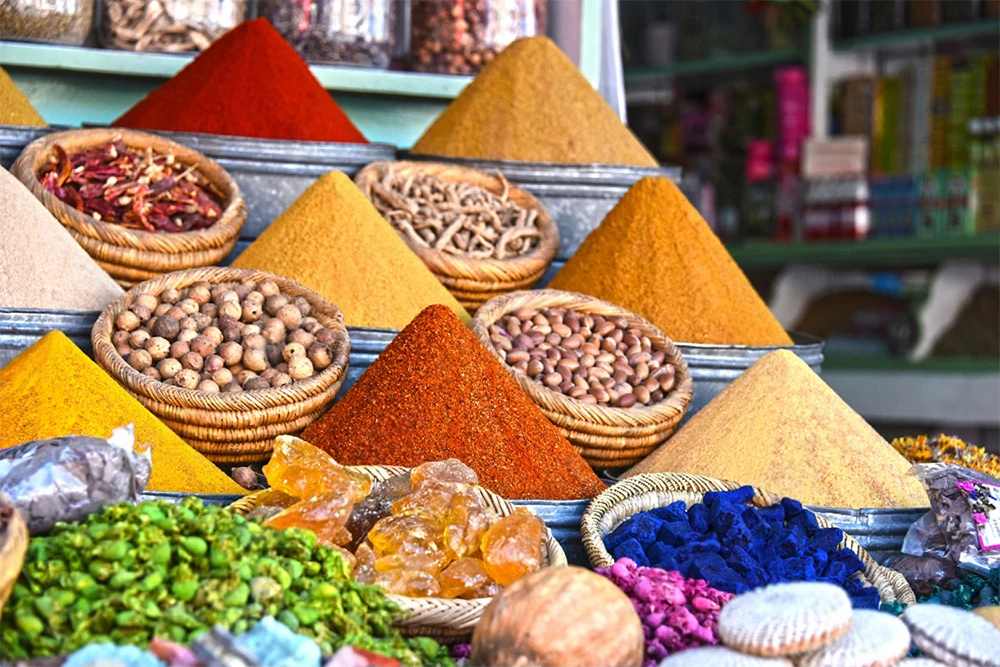
Plain walls, secret gardens: Morocco’s quiet architectural promise
I love how some places hide their hearts. A riad will look almost stern from the street, like a book whose cover gives nothing away, and then a wooden door swings inward and everything softens the air cools, the noise thins, and tiles bloom under your feet in patient blues and greens. There’s the shy splash of a fountain, the peppery scent of citrus leaves, a square of sky held by white walls and shadows. I remember feeling my shoulders drop at that first hush, as if the house itself had taken a breath and invited me to do the same.
There’s a tenderness in that design a belief that real beauty is meant to be cherished, not displayed. The modest face outside and the lush quiet within feel like an invitation to slow down, to find what matters behind the surface, especially in Marrakech where the lanes bustle and the courtyards murmur. Sitting by the water with mint tea, I kept thinking how these homes turn hospitality into something intimate, almost secret, a small, kept promise tucked safely in the shade.

Fifteen years, a thousand hands, one word: brilliance
Fifteen years is a long time to hold one idea. Knowing the Bahia Palace took that long, with more than a thousand craftsmen from across Morocco, changes how you look at it. The rhythm of the zellige feels deliberate, the carved cedar steady and generous, like patience made visible.
Bahia means “brilliance,” and somehow the place wears the word lightly. Sunlight pools in the courtyards, footsteps soften under orange trees, and the cedar carries that warm, resin scent you notice only when you slow down. Every tile and panel seems to keep the promise without shouting, simply being precise and beautiful because many people cared.
In Marrakech, with its bright chatter and quick, busy streets, this calm kind of radiance feels honest. It made me think that brilliance isn’t a flash; it’s a long glow shared by many hands, the sort that lingers after the day has passed.
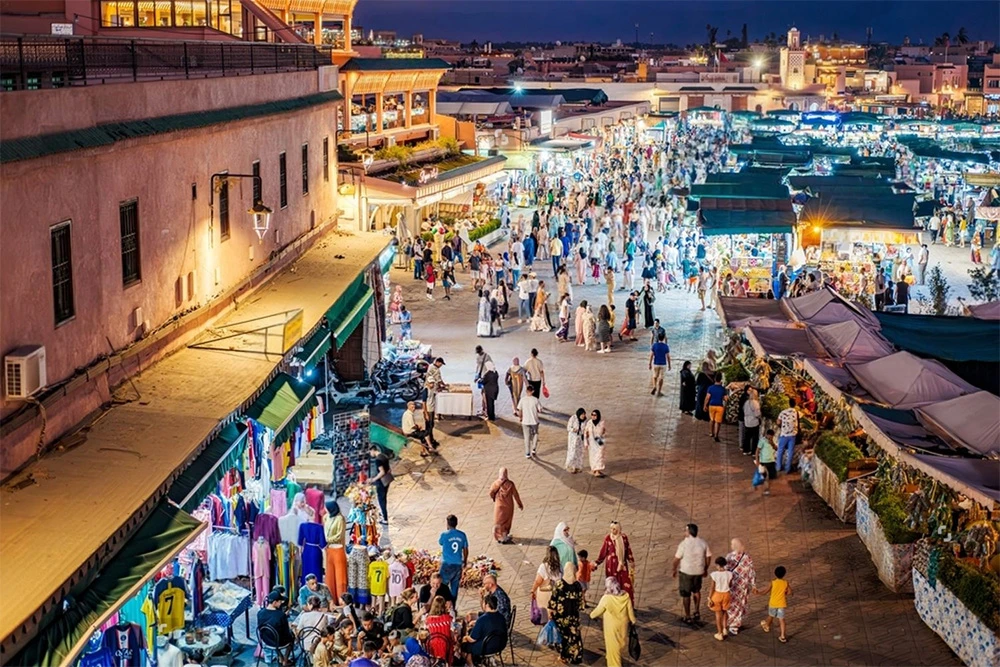
A city in red, white, and green harmony
The first thing that stayed with me wasn’t a monument; it was a mood, the way the air turned warm and dusty and somehow tender at sunset. The walls around me held a deep, sun baked red, the kind that seems to glow quietly, and the evening hummed with spice and distant laughter.
Then most surprising the horizon wore snow. The Atlas peaks sat bright and white, like folded linen above the heat, and below them the palm groves pushed up a cool green, a thousand year ring of shade and rustling breath. In Marrakech, the colors don’t compete; they settle into each other, a simple chord you feel more than you name. Even the flag leans into that balance, red and green woven into the everyday.
I remember thinking how honest that palette felt: red for the heart and dust, white for the pause that lets you breathe, green for the promise of water and patience. Maybe that’s why the place lingers because it shows how opposites can keep each other alive, heat tempered by snow, desert softened by palms and you walk away feeling steadier, as if some quiet agreement has been kept.
Cobalt blue where birds find their hush
The blue feels suddenly cool, cobalt steadying the noon glare. In the Majorelle Garden, palms whisper, fountains murmur, and birds stitch the air with small, bright notes. Locals call it “the quietest place in a city that never sleeps,” and I remember the thrum at the edges going quiet, like a held breath.
It began with Jacques Majorelle, and later Yves Saint Laurent cared for it too; those walls were made to shock the North African sun, turning hard light into tender shade. I love that kind of defiance meeting heat with color, noise with quiet because the birds seem to recognize it first and settle without fear. The color stayed with me afterward, a reminder that calm can be crafted and that some places teach you how to listen again.
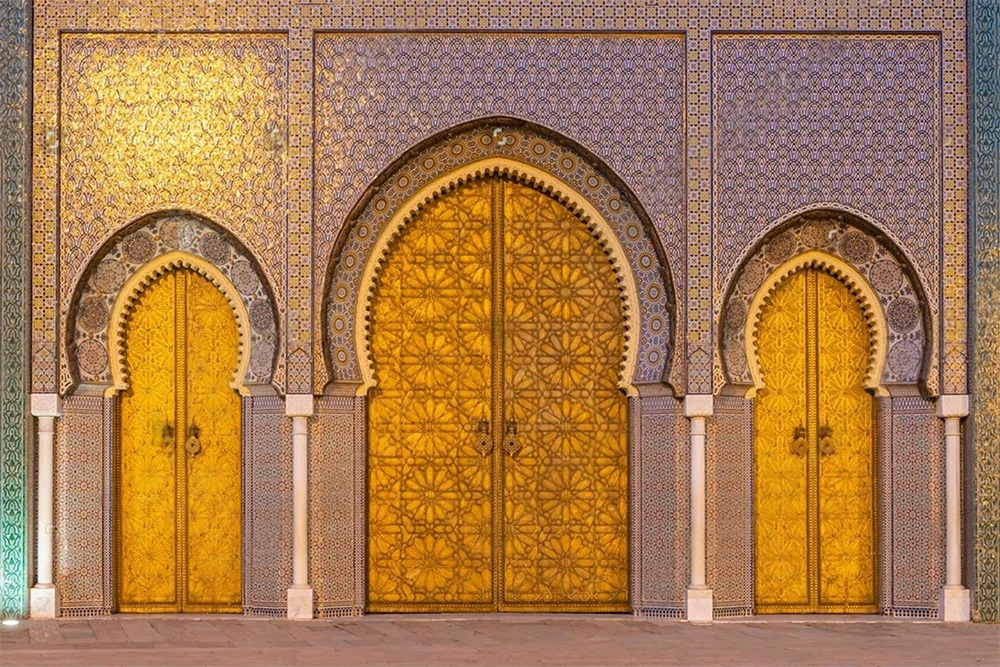
Where lions once paced behind forbidden walls
It still startles me to imagine the hush behind those low mud walls in the south of the city: sultans keeping lions in the Agdal Gardens, their presence something you feel before you can name it. The air there tastes of dust and citrus, and the light seems to move carefully, as if remembering who was watching.
Even the name carries the warning Agdal means “forbidden” and once, stepping inside without royal blood could cost you your life. It’s harsh, but it explains the strange dignity of the place, a secret the earth itself agreed to keep.
I remember how the breeze slipped across those adobe tones and made the leaves whisper, and something in me went quiet too. It’s beautiful and unsettling at the same time, this idea that a garden could be both sanctuary and boundary, a reminder that power can grow like trees: rooted, serene, and not to be trespassed.
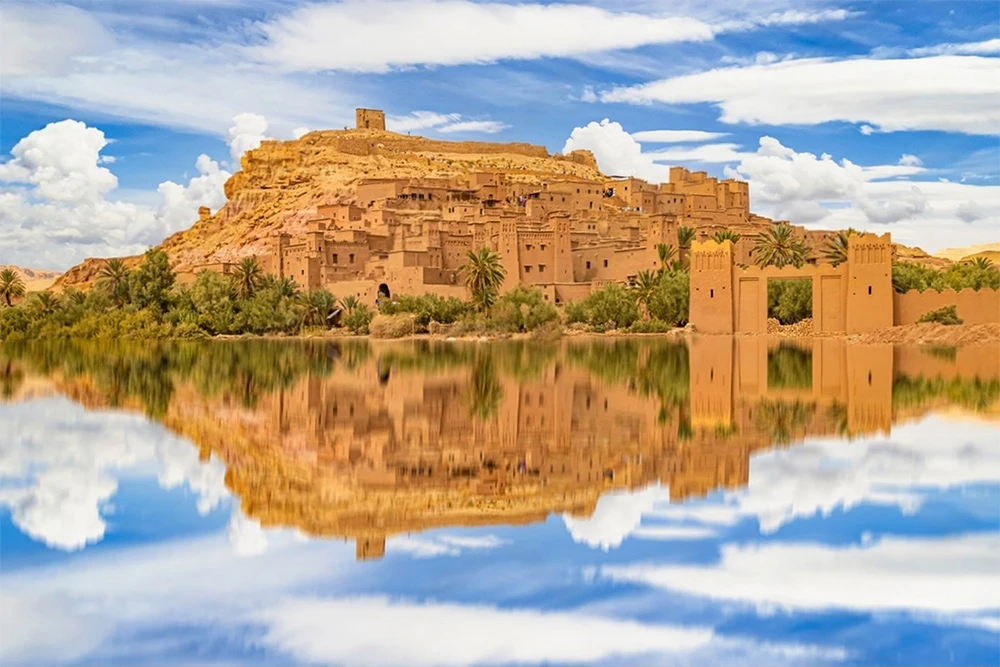
Centuries of stories, spoken and saved in memory
At dusk, I remember how a crowd would gather around a single voice, the smoke of grills curling up while mint and dust hung in the air. In Jemaa el Fna, tales were carried mouth to ear fire eaters blinking sparks, poets shaping the night, snake charmers coaxing a shiver from their flutes yet not a page in sight. It felt tender and audacious at once: entire worlds kept alive in breath alone.
What surprised me most was how shared memory became a kind of living library, guarded by the listeners as much as the tellers. Before anyone needed a play button, people showed up, leaned in, and kept the story going; no subscription, just attention and a pocketful of wonder. It makes sense that UNESCO honored this cultural space as a Masterpiece of the Oral and Intangible Heritage of Humanity because the magic wasn’t just performance, it was community agreeing, together, that words are worth keeping.
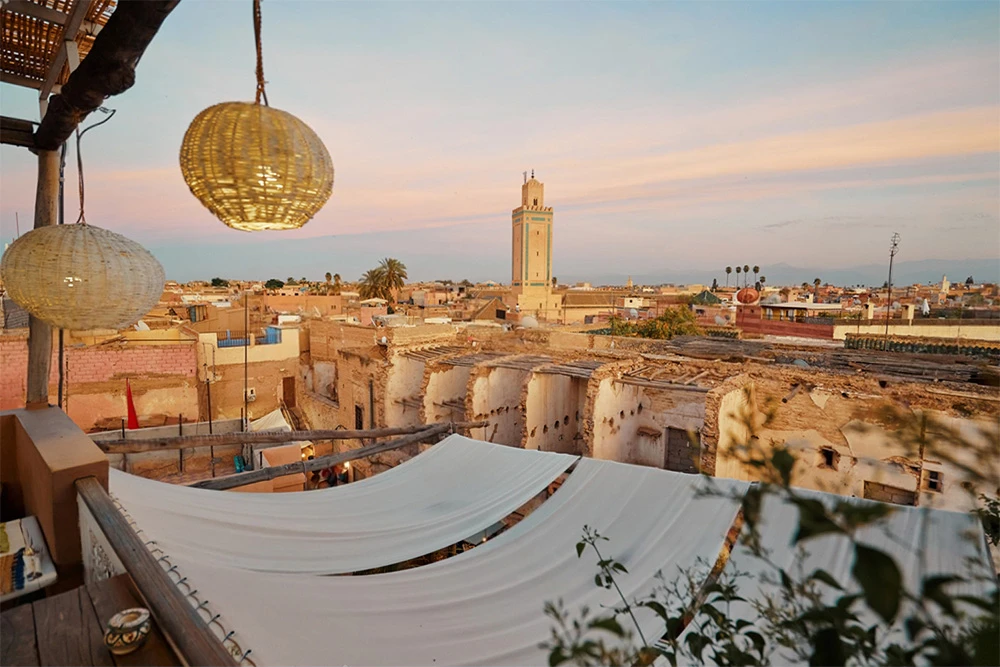
Here, the spell charms people, not snakes
I remember the flute starting up, thin and bright, and the crowd softening as if someone turned down the world. In Marrakech, an old man at my elbow smiled and said the melody was meant for the handlers; the snakes only follow the swaying hand and shifting body. Once he said it, I couldn’t unsee it the cobra’s gaze pinned to movement while the men, and the rest of us, drifted with the tune.
It felt oddly right: the magic lived in our heads, a shared willingness to be carried for a moment. The reedy notes laced through the square like a thread tugging at nerves, and I noticed how the place runs on suggestion the soft calls of sellers, a scarf lifting in warm air, the scent of leather and mint. In the end, the snakes follow movement, and we follow the music, which says something tender about how we want to be moved.
When a Nickname Became a Stage
I laughed the first time I heard that old label, “the African Paris,” because it sounded like a compliment with its nose in the air. What stayed with me, though, was how people here turned that borrowed name into a drum they could beat. Local intellectuals didn’t shrink; they opened salons, tuned up music schools, and dared to raise the curtain on Morocco’s first theatre less imitation, more reply. You can almost hear it in the clink of tea glasses and the warm breath of an oud string, see it in ink stained notes and chalk dusted scripts, a small lamp lit in a storm.
In Marrakech, that stubborn joy still hangs around dusk like the last color in the sky. I remember a retired actor telling me how those early audiences leaned forward together, strangers briefly stitched into one hush, and it felt like the city was teaching itself to breathe louder. It’s ironic and beautiful: a nickname meant to define them became a dare they answered with art, as if the truest defiance is simply to make something tender and let it live.
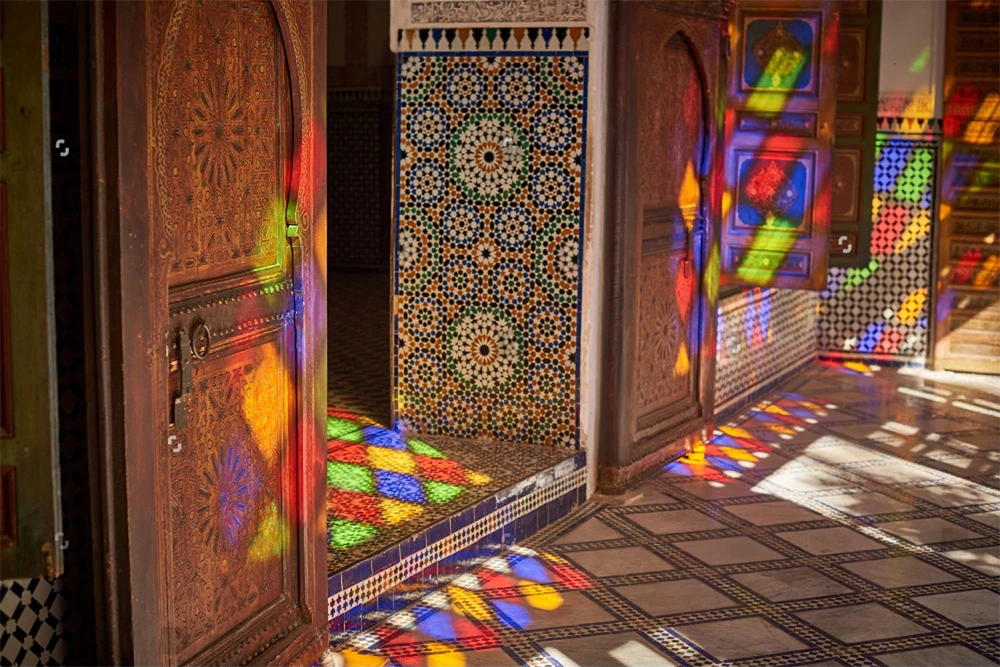
Three centuries sealed, found again from the sky
I love how some places ignore the calendar. For three hundred years the Saadian Tombs were locked away, life chattering by their walls and no one peeking inside. In Marrakech, it feels right somehow; the city can be loud at the edges and secret at the core, keeping its treasures quiet until they’re ready to speak.
Then in 1917, those early French aerial surveys traced the streets from above and noticed the hidden enclosure. When workers finally opened the chambers, the air was cool and still, and the marble gleamed – not tired, not faded, just startlingly fresh. I remember standing there and feeling time fold like a rug being lifted, revealing a pattern that had been safe in the dark. It made sense that the Saadi dynasty still felt important there; even after centuries of silence, their rooms looked ready to receive guests, their elegance intact.
A City of Joy, Minted in Metal
I love that a tiny market coin from 1120 still carries the words “Struck in the City of Joy.” It feels like a small sun stamped with a promise, and honestly, it still fits. In Marrakech, the air tastes of mint and dusted cumin, brass rings lightly from workshops, and colors – saffron, pomegranate, indigo – stack like laughter. Joy isn’t loud here; it’s steady, practical, the kind that lives in greetings and shared sips of sweet tea.
Once, by a spice stall, a shopkeeper grinned at my hopeless bargaining and tucked an extra pinch of saffron into the paper just because – that simple kindness felt like the coin’s message made real. History can be heavy, but here it seems to dance, joy braided through the alleys like a bright ribbon, catching sunlight and strangers alike. A thousand years on, the city keeps earning its name, one smile, one bright scoop of color, at a time.
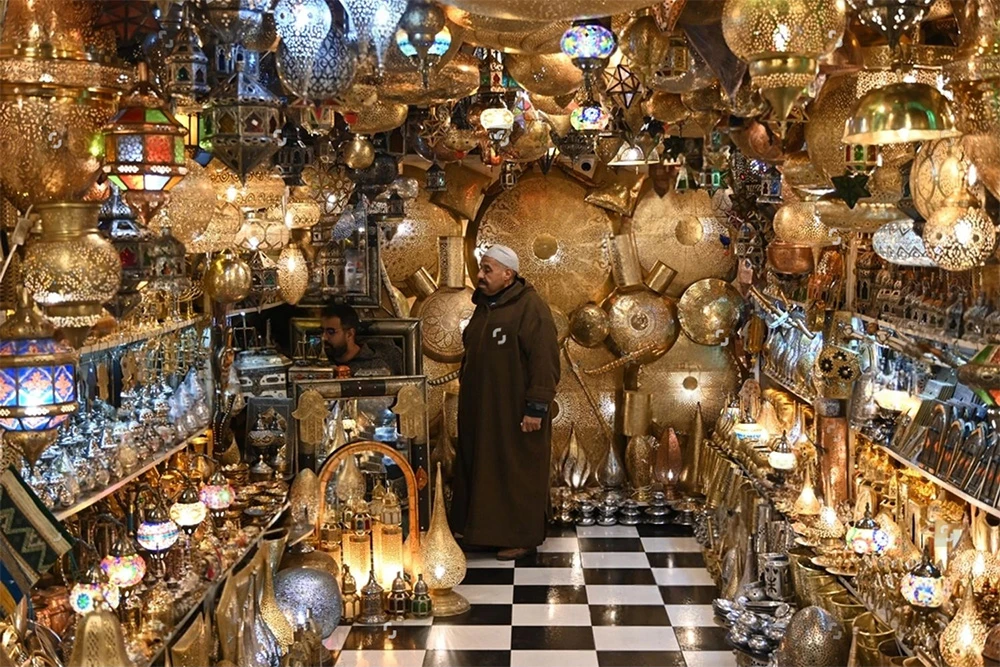
Koutoubia’s shadow: the Medina’s compass and gentle law
It still feels rare when a city keeps its sky simple. In the Medina, nothing rises taller than the Koutoubia Mosque by law and by a kind of shared respect. That single minaret is the quiet monarch of the skyline, steady above the rust red walls. The call to prayer drifts over the orange peel heat, and for a breath the bustle softens, as if everyone remembers who leads the horizon.
By afternoon, the minaret throws a long, reliable shadow that turns the labyrinth into a map. You start to read the day by its cool brush on the walls, the way shop awnings slip into shade as if receiving a nod. It’s a compass you can feel on your skin, so simple you almost laugh at the idea of a screen. I remember how calm it felt to trust that sliver of darkness to point home.
Maybe that’s the secret tenderness of Marrakech: direction offered without hurry, meaning held in light and patience. Once I realized the shade was enough, my shoulders loosened, and the city stopped being a maze and became a promise kept.
When the sky hints at rain, air changes
I used to think rain just smelled like rain. Here, people grin when clouds gather: you’ll smell it, they say. The air turns metallic and warm at once ozone like a struck match, cumin blooming from the market streets, a soft veil of dust that tickles the nose. It’s the kind of scent that makes you slow your breathing and pay attention.
Then the first drops arrive and the stones give a quiet hiss. Steam lifts the day’s stories mint tea from tiny glasses, cedar smoke from hidden courtyards and braids them into a perfume that could only belong to Marrakesh. Every time, it reminds me that weather isn’t just seen; it’s remembered in the body, carried like a familiar song.

Balance of Order and Temptation in a Secret Garden
I still remember the hush that fell, like a held breath, when those plain wooden doors closed behind me. Le Jardin Secret was born again from 16th century ruins, and you can feel that second life in the cool shade and the pale glint of water. The street noise thinned to a murmur, and suddenly there was time.
One half is all geometry and calm the Islamic garden where channels stitch straight lines of water, citrus trees stand as if measured, and tile catches the sun without showing off. The other half loosens its collar, a lush, exotic tangle where fronds brush your shoulders, flowers throw out perfume, and birds make unruly comment. Together they’re two quiet voices in the same song: order and temptation, neither trying to drown the other.
What surprised me was how easy it is to stop at one mood and think you’ve seen it all. Few visitors drift through both sides, and that’s a little secret of the place the balance only reveals itself when you let your gaze soften and move between them. I left feeling steadier and a bit braver, as if the garden had reminded me that a life can hold both clarity and wildness, and still be whole.

Where leather cures in pigeon droppings, not chemicals
The smell arrives like a dare sharp, earthy, and sun baked. I remember peering over a scatter of shallow pits, walls chalked with years of work, hides darkening in slow circles of murky water. They use pigeon droppings here, ammonia doing the job that modern labs would sterilize. My nose flinched, but my eyes softened; there was something stubbornly honest about it, as if the place insisted on telling the whole truth.
Here in Marrakech, what’s left of the old tannery quarter still speaks in stains and echoes. It’s offense and art in equal measure: the sour tang of nature at work, the tender care of hands that know patience better than any machine. You feel the city’s character in it unpolished, generous, and unafraid of contradiction where beauty doesn’t apologize for the cost of becoming itself.
I think that’s why it moved me so much. In a world that loves a clean finish, this craft offers a different lesson: sometimes the real soul of a place is the part that isn’t perfumed. I walked away with the scent clinging like a story, complicated and true, and suddenly the city felt more alive.
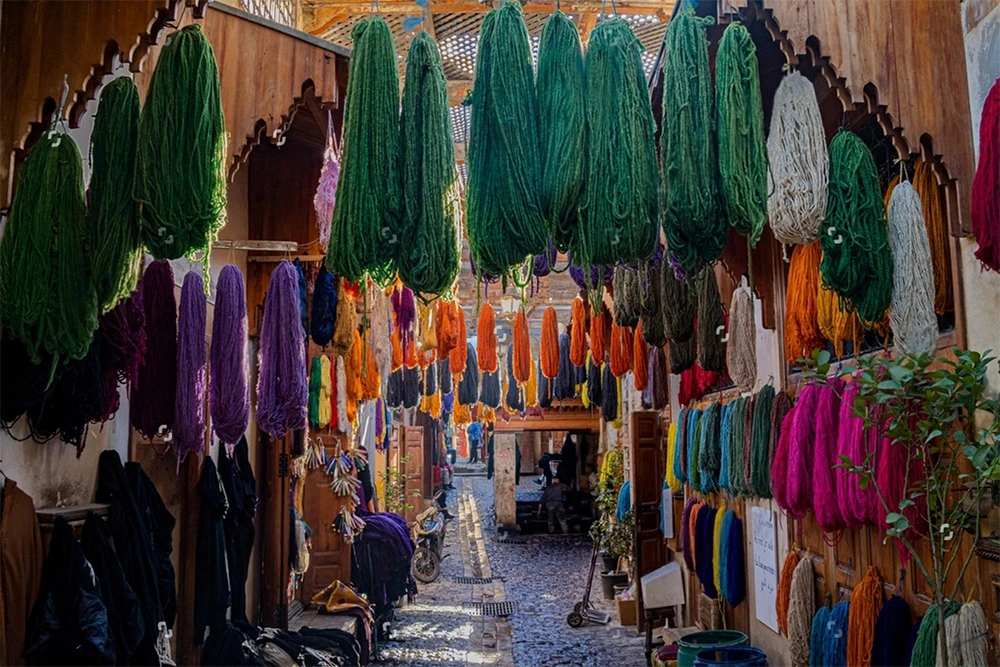
When spring says art belongs to everyone
There’s a week when even the shyest colors step forward, and I remember the hush before a drumbeat in the square, then canvases filling the day with pomegranate red and cool cobalt. The air carried mint and dust, soft on the tongue, and people leaned closer as if listening for something they’d almost forgotten.
They call it the Festival des Artistes Naïfs, a celebration of self-taught painters whose worlds brim with symbols keys, birds, palm fronds tucked into saffron and sky blue. In Marrakech, it doesn’t feel like a fancy affair so much as a promise kept: art belongs to everyone.
I loved seeing a shopkeeper and a schoolkid tilt their heads the same way, grinning at the same tiny painted moon. No white walls, no whispers just curiosity doing the introductions, pictures stirring what people already carry, like a long table where everyone finds a seat.
Storks stand guard over El Badi Palace at dusk
I remember the first hush, the heat loosening its grip as the light went copper. The air smelled faintly of dust and oranges. Above the crumbled ramparts, the storks began to gather, careful as old neighbors finding their spots. Their nests clung to the broken edges, and their wingbeats sounded like pages turning soft, steady, somehow important.
Someone near me smiled and called them the palace guards of heaven, and I believed it. For one quiet hour between dusk and the call to prayer, their rhythm replaces everything vendors, scooters, even my own chatter and for a moment El Badi seems whole again. In Marrakech, that hour felt like the city buttoning the day closed, a gentle ritual that made the ruins feel less ruined and me, somehow, more at rest.
Where Time Loops in Mint, Mosaic, and Music
I swear the clock shrugged there. By a chipped blue fountain, the air tasted of mint and warm dust, and a thin drumbeat slipped out from a half closed doorway. Sunlight kept catching the tiles and throwing little sparks at my eyes, like it was trying to remind me of something I’d already lived.
In Marrakech, even the walls confess they’re aging sand softened, palm smoothed while the alleys twist until the years lose their labels. What surprised me wasn’t decay; it was repetition, tender and deliberate. Tea poured again, the same melody returned on a different drum, and the zellige flashed the same sun at a new angle. It felt less like a city fighting time and more like one that keeps inviting it back for another round.
Maybe that’s the secret: not timelessness, but a rhythm that rewinds. I left feeling like both an echo and a pulse, as if a small part of me had always been there, waiting to be recognized. And that’s the beauty of it the sense that your day and some ancient memory are walking side by side, keeping the beat together.

Final thought
In the end, it’s the quiet, human moments that reveal the soul of Marrakech – the scent of mint tea rising in the afternoon heat, the soft call of traders as dusk settles, the warmth of a smile offered without hurry. Beneath the color and noise, the city breathes with a rhythm both ancient and tender. Marrakech feels like a story written in light and dust, unfolding slowly to those who listen. And when you go, it stays with you – a flicker of warmth, a trace of spice, a memory that never truly fades.

